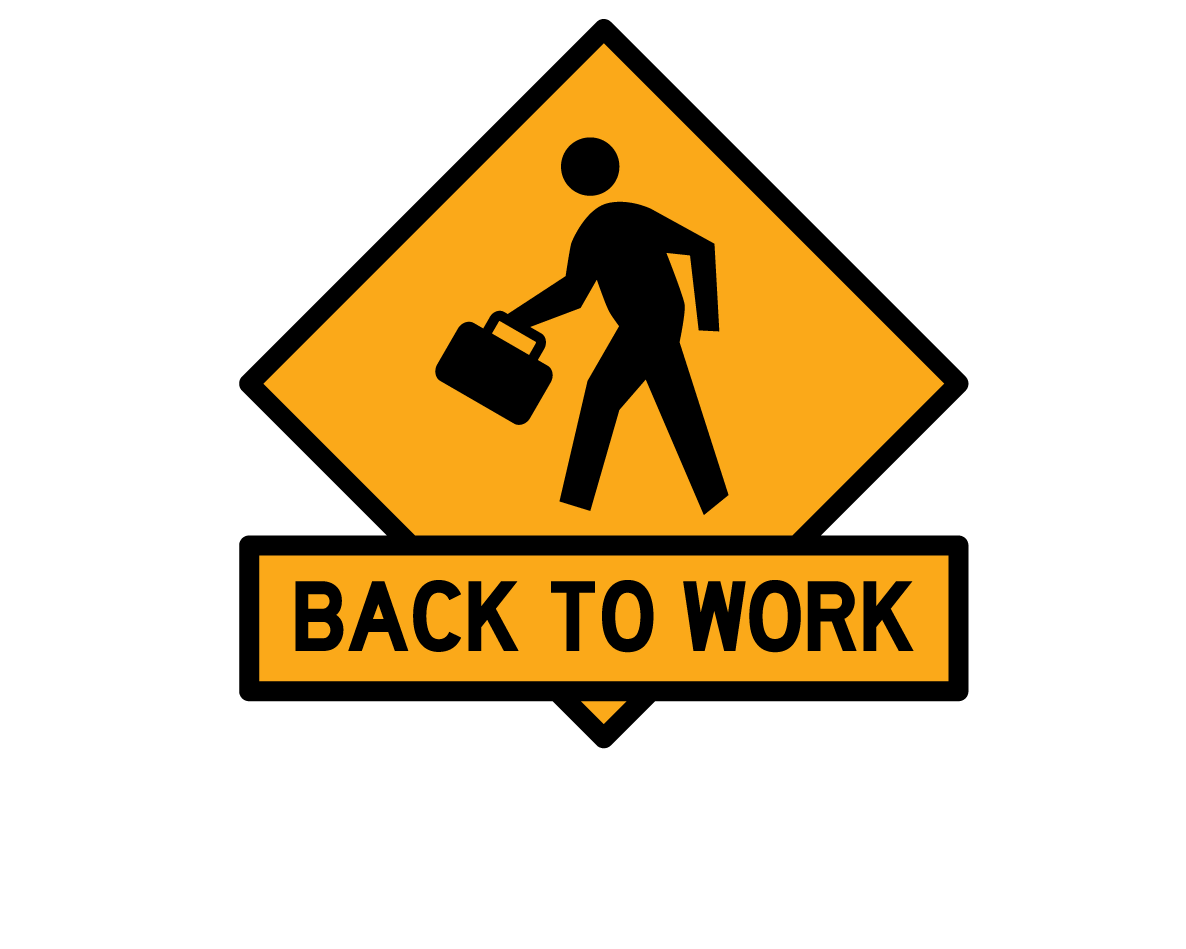Works Progess Administration
Summary
The WPA was just one of many Great Depression relief programs created by the Emergency Relief Appropriations Act, which Roosevelt had signed the month before. The WPA, the Public Works Administration (PWA) and other federal assistance programs put unemployed Americans to work in return for temporary financial assistance. So, in return for monetary aid, WPA workers built highways, schools, hospitals, airports and playgrounds.
Starting Purpose
A joined resolution introduced January 21, 1935, the Emergency Relief Appropriation Act of 1935 was passed by the United States Congress and signed into law by President Franklin D. Roosevelt on April 8, 1935. On May 6, 1935, FDR establsihed the Works Progress Administration and during the 3-year period ending July 1, 1938, The goal of the WPA was to employ most of the unemployed people on relief until the economy recovered.
Achievements
The WPA Services Division provided jobs for people of many vocations within its programs. Most tasks, though, did not require extensive education. The School Lunch Program fed thousands of low-income children. As important as these services were, the WPA is remembered most for the roads, bridges, and buildings constructed by its Operations Division. Road work accounted for the largest share of the budget.
Impact
The WPA did not have as good a impact on the rich and middle class because the working class was being well payed to work. Criticisms inlcude It costs a lot of money. And it never seems to come to an end. It is true that we get a great deal for the money we spend on work relief. Also that it was mostly short-term project.
Program Type
The WPA was a immediate relief reform for a temporary time for the low class American workers. It was for help through the great depression almost nobody was well off, but the government tried to help. The WPA was both liberal and conservative helping both parties out without a political stance.
Bibliography
1. "Works Progress Administration (WPA)." United States History. Efaucets, n.d. Web. <http://www.u-s-history.com/pages/h1599.html>.
2. Brinkley, Alan. Unfinished Nation: A Concise History of American People. S.l.: Mcgraw-Hill Education, 2015. Print
3. "Works Progress Administration." Works Progress Administration. Indiana University, n.d. Web. 09 Mar. 2016. <http://www.indiana.edu/~liblilly/wpa/wpa_info.html>.
4. "The Works Progress Administration." The Works Progress Administration. America's Story, n.d. Web. 09 Mar. 2016. <http://www.americaslibrary.gov/jb/wwii/jb_wwii_work_1.html>.
5. "Robot Check." Robot Check. Book, n.d. Web. 09 Mar. 2016. <http://www.amazon.com/American-Made-Enduring-Legacy-When-Nation/dp/0553381326>.




Picture Citation
1."Back to Work." Picture. N.p., n.d. Web.
2. "Above New York." Picture. N.p., n.d. Web.
3. "FDR." Picture. N.p., n.d. Web.
4. "Parties." Picture. N.p., n.d. Web.